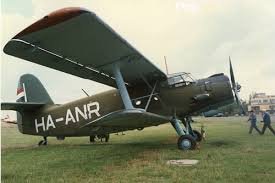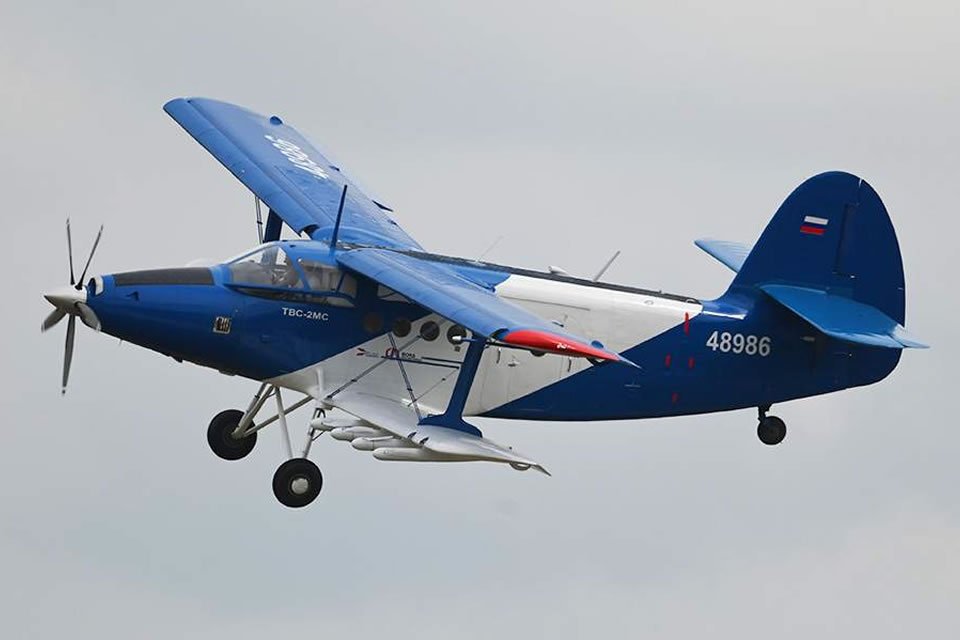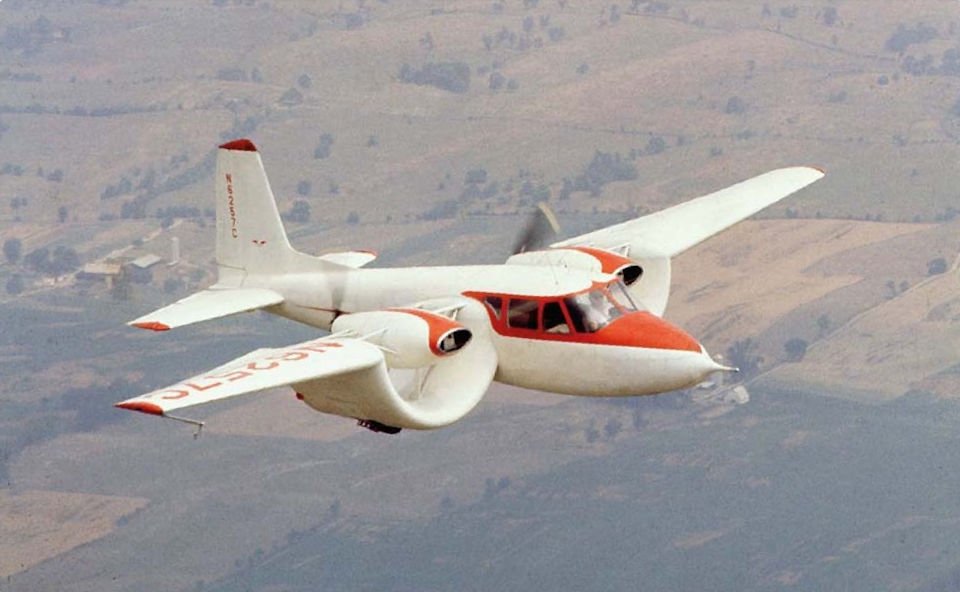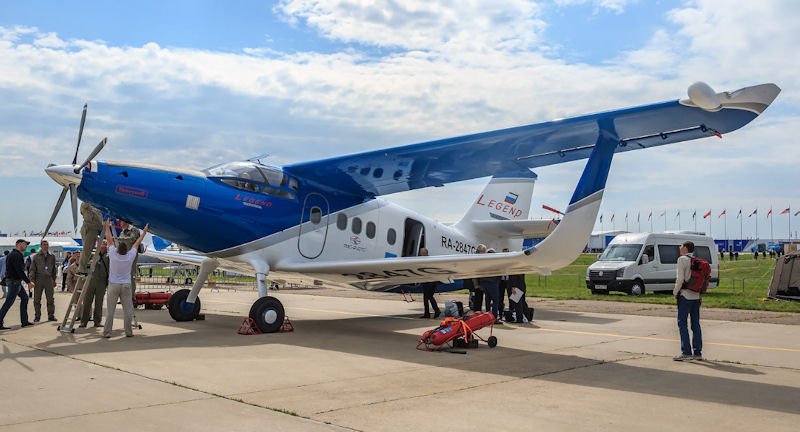In an era where electric aviation is racing toward futuristic vertical takeoff and landing (eVTOL) designs, a quieter revolution is taking shape—one that could define the future of sustainable mid-range air travel. This article explores how reviving and upgrading legendary airframes like the Antonov AN-2 with modern electric propulsion can pave the way for efficient, short takeoff and landing (eSTOL) aircraft.
Why eSTOL Deserves the Spotlight
While the aviation world is buzzing with sleek eVTOL prototypes, the electric Short Takeoff and Landing (eSTOL) aircraft category remains underappreciated. eSTOLs—especially the ultrashort takeoff and landing (USTOL) variants—have immense potential. These aircraft can operate from spaces smaller than a football field and potentially even on brownfield sites, elevated tracks, or floating runways.
Take London City Airport, for example. Built on a river embankment with wide, open approach paths, it showcases the viability of compact STOL operations in urban settings.
Unlike eVTOLs, which must compromise between hover and cruise capabilities, eSTOL aircraft can be optimized more easily to perform well in both takeoff and cruise modes, offering better energy efficiency and greater payload range.
The Battery Challenge—and the eSTOL Advantage
One of the greatest constraints in electric aviation today is battery energy density. eVTOLs typically max out at 100–150 miles of range with a 500 kg payload. In contrast, eSTOL aircraft can extend that range to 200–250 miles, making them far more practical for middle-mile logistics and regional passenger services.
Moreover, simply swapping out fuel engines for electric motors isn’t enough. To harness the full potential of electric propulsion, aircraft must be designed with distributed propulsion systems in mind. This is where eSTOL shines.
Distributed Propulsion: A Game-Changer
NASA’s work in distributed electric propulsion has demonstrated how placing multiple small motors across a wing can dramatically increase lift and reduce energy consumption—by up to three times compared to conventional setups.
In one test, NASA’s LEAPTech project attached nine small propellers along a wing span, achieving a lift coefficient over 5, compared to the usual 1.2 for clean wings. This enhancement allows for smaller wing surfaces and higher aspect ratio wings, improving cruise efficiency while maintaining takeoff performance.
A Legend Reborn: The Antonov AN-2

Few aircraft are as beloved and versatile as the Antonov AN-2, a rugged Soviet-era biplane introduced in the late 1940s. Still in limited production today, it boasts:
- A payload capacity of 1,500 kg
- Seating for 12
- Use cases ranging from firefighting and crop dusting to sea plane operations
Its defining trait? Outstanding low-speed handling. The AN-2 can remain controllable at speeds as low as 30 mph, and its handbook famously omits a stall speed—because it doesn’t stall in the traditional sense.AN-2 Goes Electric: The Russian Revival
The Siberian Research Institute of Aviation (SIBNIA) has been working to modernize the AN-2 into two variants:
1. TVS-2DTS
- Replaces metal-and-fabric build with composite materials
- Upgrades the traditional bi-wing to a closed-loop (annular) wing
- Removes wing struts for improved aerodynamics
- Boosts range from 1,200 km to 3,000 km
- Doubles max payload to 3,000 kg
2. TVS-2MS (AN-2)
- Keeps the classic airframe
- Adds eight small electric pod motors with foldable props
- Demonstrated a 60-meter takeoff distance in just 6 seconds at a Russian airshow
- Uses pods only during takeoff, folding them away during cruise for efficiency

Watch the propellers in action here
Custer’s Channel Wing: A Missed Opportunity?
Another intriguing eSTOL concept is the Custer Channel Wing, which channels airflow through a semi-circular wing section to increase lift at low speeds. While it never reached mainstream adoption—due to patent restrictions—the CCW-5 aircraft reportedly achieved takeoff rolls of just 30 meters and flight speeds as low as 22 mph.

With modern electric motors, this concept becomes even more viable. It’s far easier to implement distributed propulsion in a channel wing than with traditional combustion engines.
Certification and the Road Ahead
The Pipistrel Velis Electro recently became the first all-electric fixed-wing aircraft to receive a type certificate, proving that certifying electric aircraft is possible—especially when their designs aren’t burdened by the complexities of VTOL.
eSTOLs are more certifiable, more practical, and already capable of addressing urban and regional air mobility needs. Yet, investment continues to favor eVTOLs, despite their technological and regulatory challenges.
Final Thoughts: Which Way Forward?
As the electric aviation industry matures, the question becomes:
Do we double down on futuristic eVTOLs, or invest in proven, adaptable platforms like the eSTOL-enabled Antonov AN-2?
The answer might lie not in abandoning the past, but in reimagining it with today’s technology.
Let us know what you think in the comments.
Should we chase the sky with eVTOLs, or refine our path with eSTOLs?
